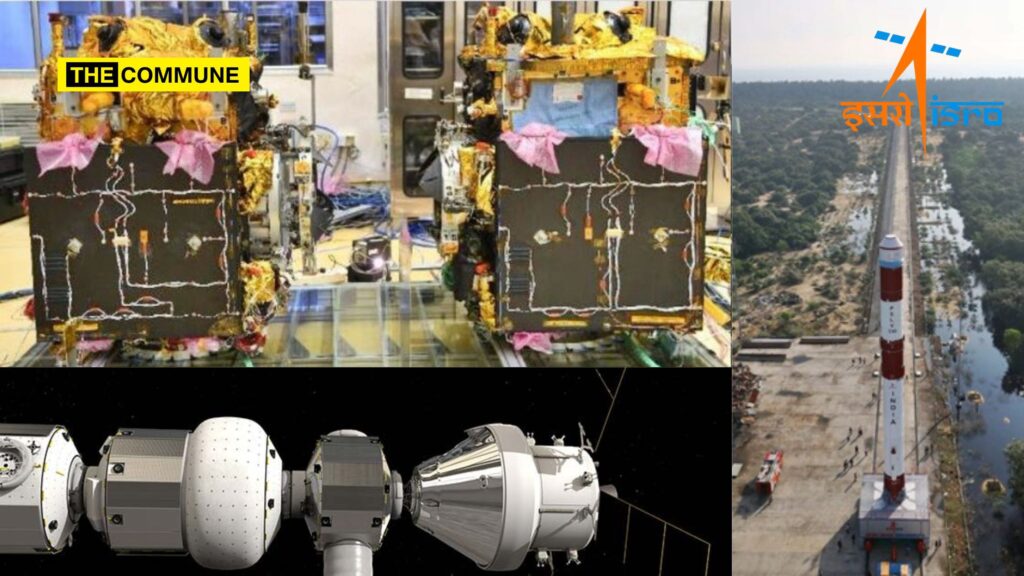The SpaDeX mission, expected to launch this year aboard the PSLV-C60 rocket, will propel India to the elite club of nations with space docking capabilities, said Indian Space Research Organisation (ISRO) on 21 December 2024. ISRO aims to launch PSLV-C60 on 30 December. However, the launch window is open till 13 January.
The space agency informed that the mission has completed “all tests and clearances”. The integration of the SpaDeX spacecraft is complete, and the spacecraft has been moved to Satish Dhawan Space Centre (SDSC) in Sriharikota, Andhra Pradesh. It is currently “undergoing preparations for launch”. While only a few countries have aced the space docking technology, it is key for India for its impending space missions including the Moon mission, and setting up the Indian space station.
“The launch vehicle has been integrated and now moved to the First Launch Pad, for further integration of satellites and launch preparations. ISRO’s SpaDeX mission, launching with PSLV-C60, will demonstrate in-space docking using two small spacecraft. This groundbreaking technology is key to future lunar missions, building Bharatiya Antariksh Station (BAS), and more. India aims to join the elite club of nations with space docking capabilities,” ISRO said in a post on X.
The PSLV will lift off two small spacecraft – SDX01, which is the Chaser, and SDX02, the Target – weighing about 220 kg each. The mission will showcase the docking of the two spacecraft in a low-Earth circular orbit. “In-space docking technology is essential when multiple rocket launches are required to achieve common mission objectives. Through this mission, India is marching towards becoming the fourth country in the world to have space docking technology,” ISRO said.
It will also demonstrate “the transfer of electric power between the docked spacecraft, which is essential for future applications such as in-space robotics — composite spacecraft control, and payload operations after undocking”. ISRO has also developed indigenous technologies to enable this docking mission. This includes a docking mechanism, a suite of four rendezvous and docking sensors, power transfer technology, indigenous novel autonomous rendezvous and docking strategy, inter-satellite communication link (ISL) for autonomous communication between spacecraft, incorporated with inbuilt intelligence to know the states of the other spacecraft, among others. This mission will be a forerunner for autonomous docking needed for future lunar missions like Chandrayaan-4 without the support of GNSS from Earth, ISRO said.
-IANS
Subscribe to our Telegram, WhatsApp, and Instagram channels and get the best stories of the day delivered instantly.

